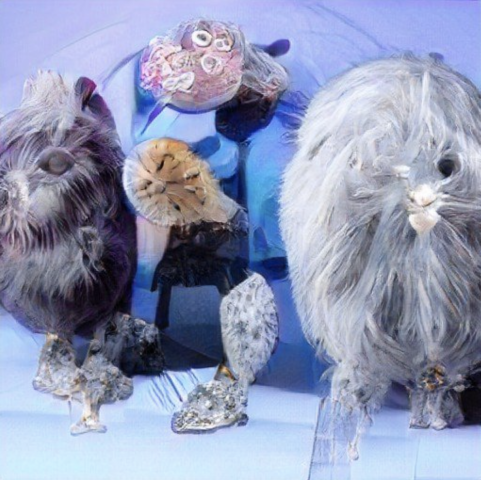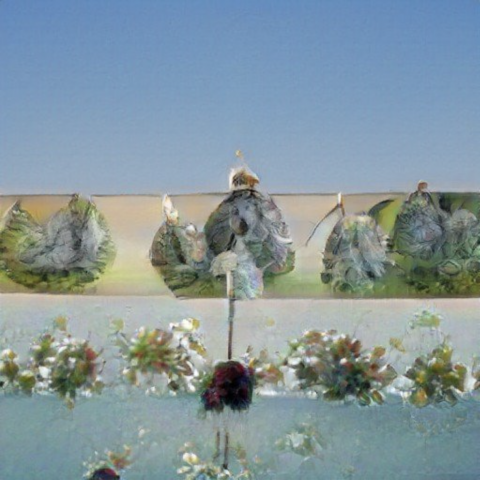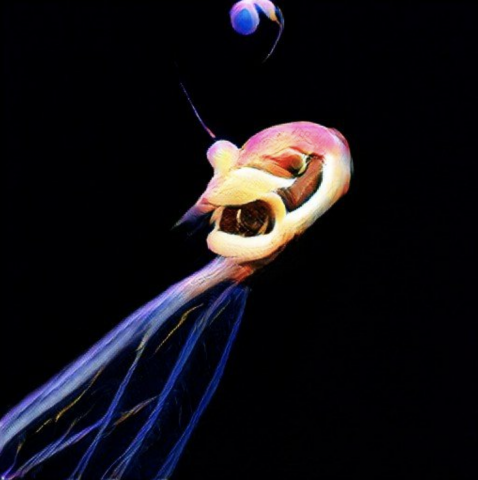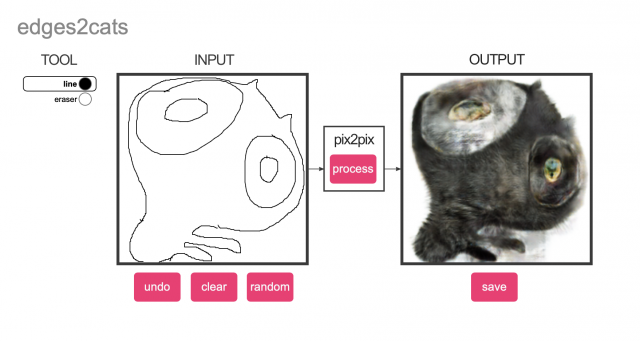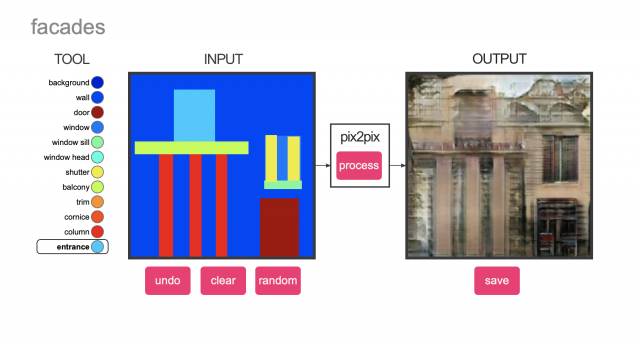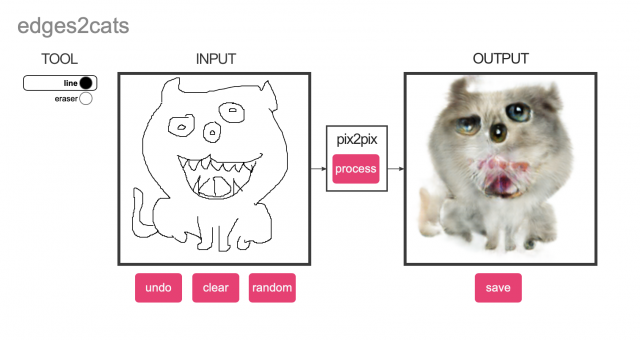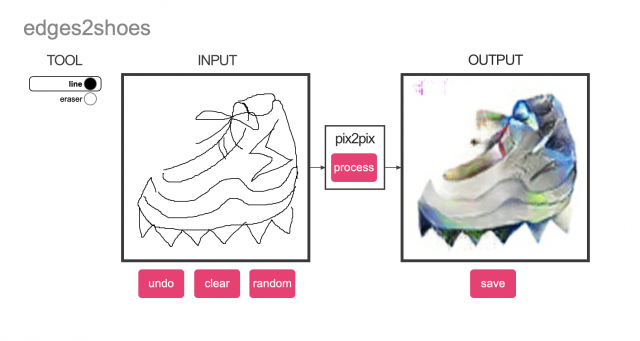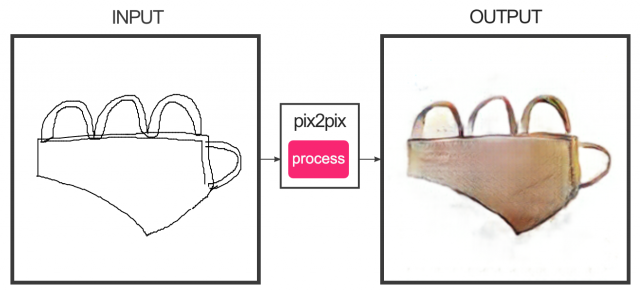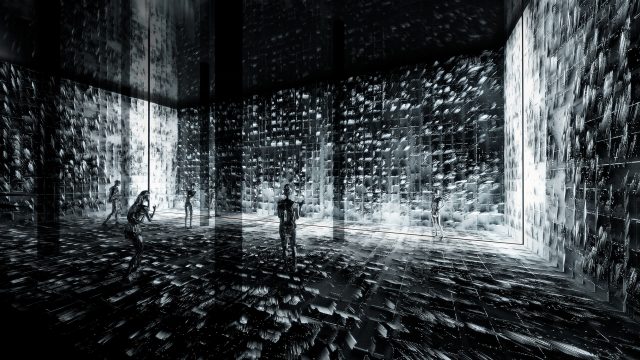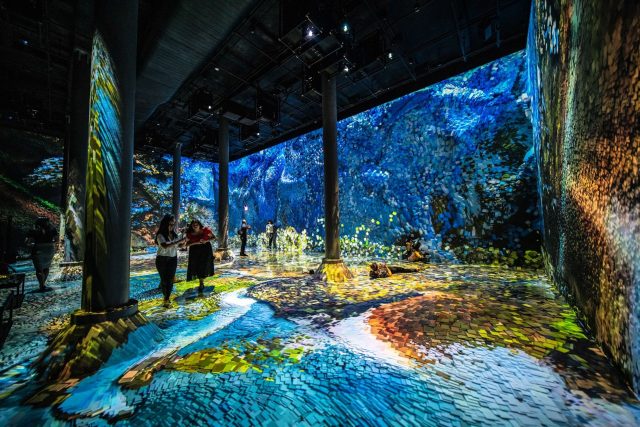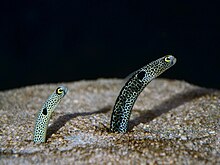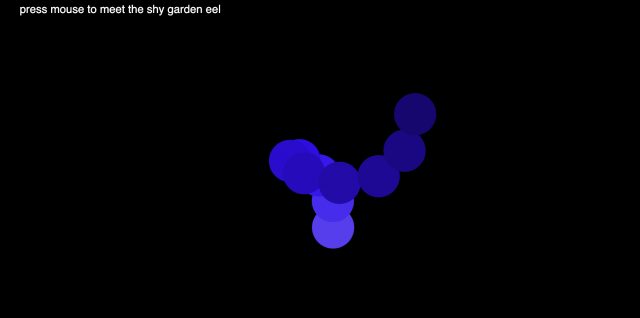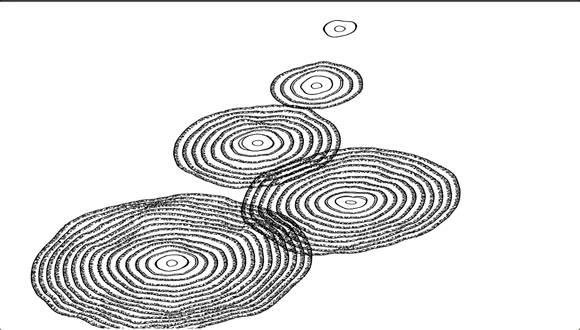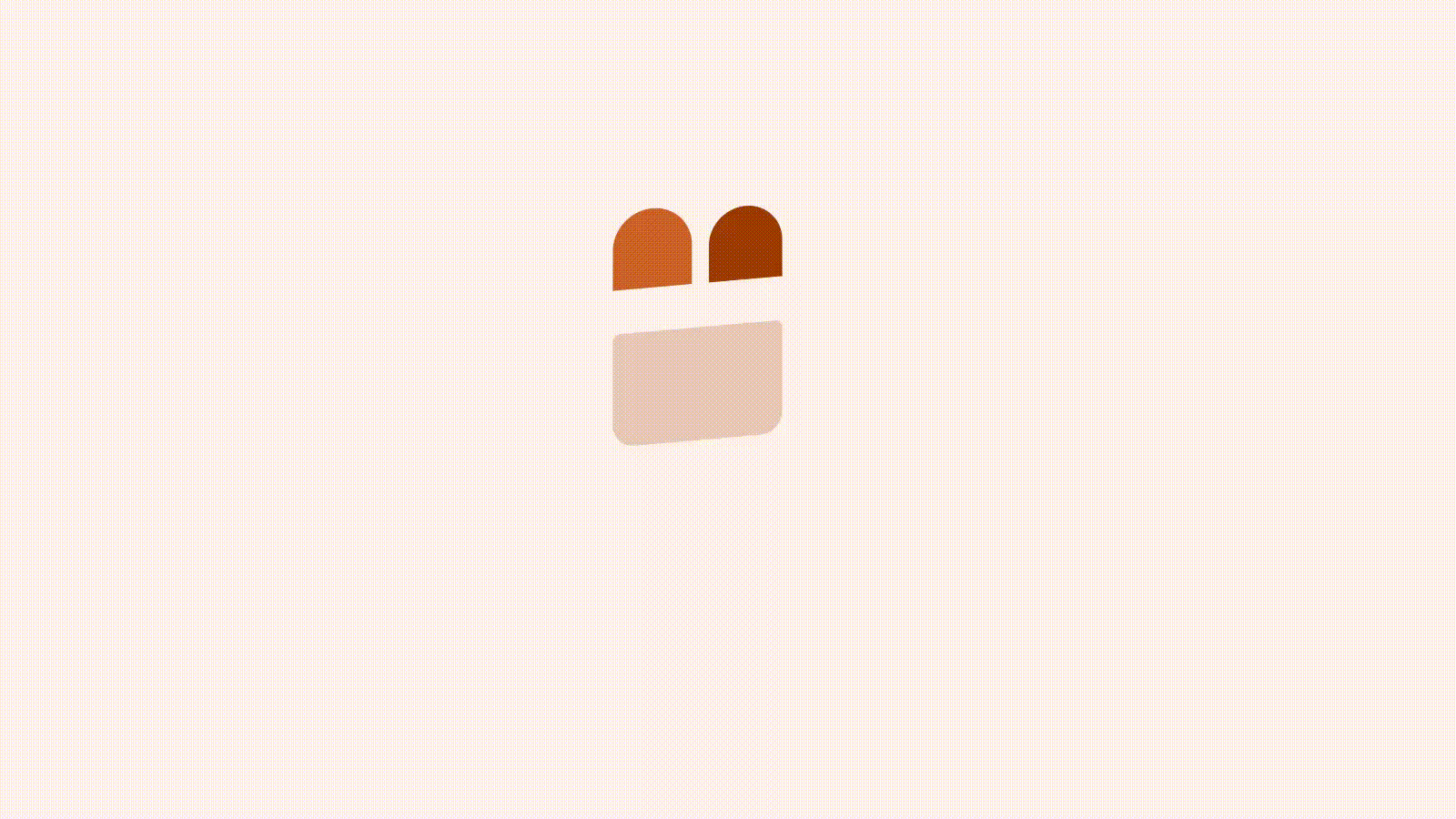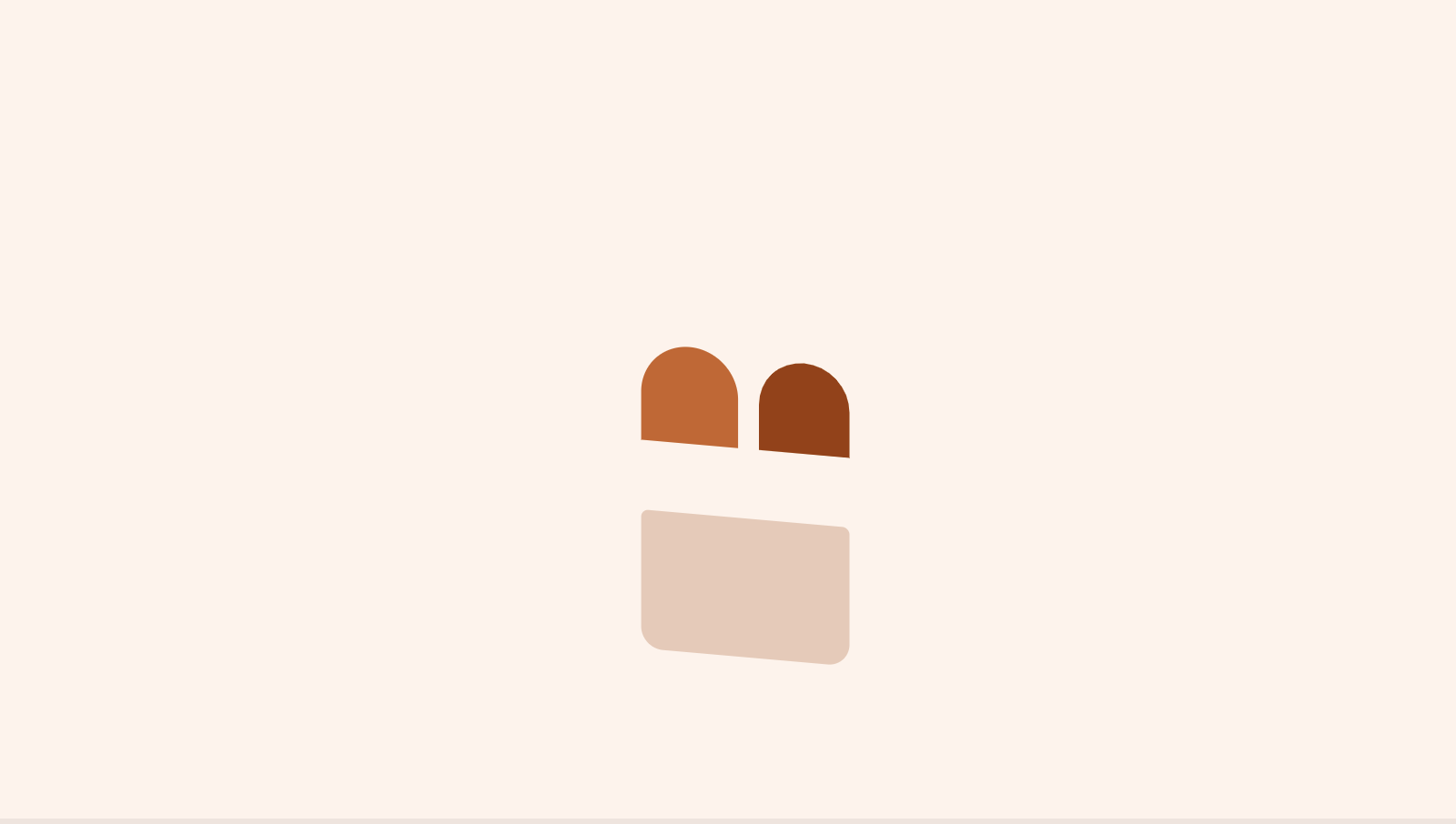Blobfish, Diner: For the last few weeks, the blobfish have been congregating at the diner. They sit in a circle around the fryer, cooking their food. Some of them stare at the fryer with envy, while others watch them with skepticism. But everyone seems to be contentedly slurping their food.
There was a parasite in the rainforest, that looked like it was made out of a bunch of humans. The forest had believed that the parasites were killing the trees, but it turned out that the trees had been going crazy, having some strange dreams. Their dreams were filled with skulls and bones and other things that shouldn’t exist. That was probably why the forest had sent the giant trees to find these humans.
Reflection: It was very humorous to experiment with random words and themes. The stories that are generated often go against my expectations and play around with different texts to create imaginative and surprising stories.


